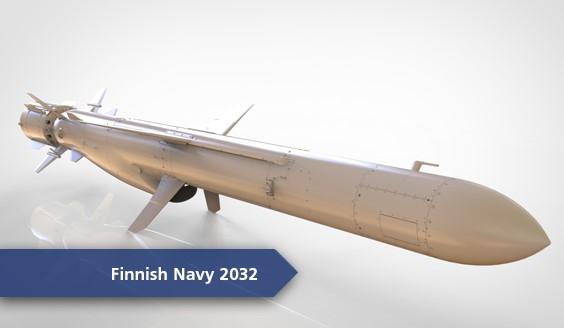
Contributing factors
Our new strategy puts the Navy in the situation where we also have to review our learned procedures currently in use. The Navy has to keep the capabilities and operating procedures which support this end-state at the same time being able to let go of anything that does not contribute to it.
How is the Navy organised?
Operational troops are mobile naval and coastal units with fire power, capable of fighting combats autonomously and wearing down and defeating the adversary. They are interoperable with international troops and their capabilities can be used for all Navy tasks. Local troops wear down and repel the adversary in their area of operations and protect and support operational troops, wear down the adversary detected and protect local assets. All units operate on shared situation awareness, are networked together and capable of supporting and using the capabilities of other units.
Naval troops’ order of battle depends on the situation, and naval units are used in compositions required by the task under the command of the naval formation’s commander or a specifically assigned commander.
In the organisation of coastal troops, the goal is to reach uniform and modular solutions, so that the readiness and compatibility of the units in the entire area of operations would be optimal.
Materiel meeting task requirements
The materiel in use by the Navy is suited for naval operations all year round. The troops’ fire capability corresponds the threat scenarios of the future, and they enable precise fire on both mobile point targets and area targets. The Navy is moving from fixed systems to transportable and mobile ones which support and enable mobile naval operations and are capable of taking advantage of the special circumstances of the archipelago.
The Navy operational troops have in use the full scale of material intended for the circumstances and dimensions of the modern battle field. In addition to enabling the execution of tasks in normal conditions, this materiel also enables mobile and autonomous operations in emergency conditions in the area of operations in all circumstances. The local troops have in use materiel which enables them to carry out limited tasks all year round.
What kind of facilities and infrastructure does the end-state require?
The Navy’s facilities and infrastructure are such that they ensure secured command and control, force generation, support provision and maintenance as well as preparation for emergency conditions and realistic training required for force production. They also provide for up-to-date instruction and exercise facilities as well as storage facilities that are up standards to ensure operations in normal and emergency conditions.
The garrison, accommodation and training facilities of persons liable for military service as well as training environments are kept up to the standards of society and war technology. The training facilities and exercise areas provide the units with safe, but realistic training conditions. Facilities supporting instruction and training are made available for the use, guidance and storage of simulators and virtual training environments. The main bases and military ports enable the maintenance of troops, logistics and recovery of combat capability.
Facilities and other solutions made available for emergency conditions permit information-safe and combat-resistant command and control, maintenance of materiel, and maintenance and recovery of combat capability.
Situational awareness and information
In the multidimensional operating environment of the future, the Navy’s activities and naval operations are based on full-coverage and gapless situational awareness and information shared by all units and command echelons They enable preventive command and control as well as precise influencing and fires in the area of operations.
The Navy’s own command and control activities are based on real-time and consistent situational awareness regarding own troops and their capabilities. Protection, fires and influencing necessitate precise and analysed target data supported by reconnaissance data involving the adversary’s different systems in general. They also require data regarding other circumstances in the area of operations, changes to these circumstances and the operations of different parties taking place in the area. The Navy makes full use of the defence system’s shared data generated by the other Services, authorities and international partners.
The Navy makes extensive use of digitalisation and artificial intelligence in data processing and management making it available for users regardless of time and place.
The Navy has in use up-to-date and tested doctrines, adjusted to the modern operating environment, military instructions and manuals supporting them The combat technical instructions of the systems are uniform and compatible.
Efficient cooperation
The Navy is compatible and interoperable nationally and internationally. Interoperability and compatibility requirements are extensively accounted for in the development of materiel and procedures. What counts is the ability to exchange and receive data and use the partners’ capabilities to support own activities in normal and emergency conditions.
The flexible and coordinated task execution capability is a result of cooperation with the other Services, authorities and international partners. The troops of the Navy and the technical systems in use are capable of operating seamlessly with their other cooperation partners. The personnel serving in command echelons and operational troops are compatible with foreign troops in terms of competence and language skills. They can operate as a part of an international unit, at an international headquarters or command international capabilities and troops in a crisis management operation, for example.
The Navy trains regularly the execution of naval operations with the support of the other Services and cooperation partners in the scope required by its tasks. Training with international partners is executed on the basis of plans and guidance.
Read here about ensuring the competence.
